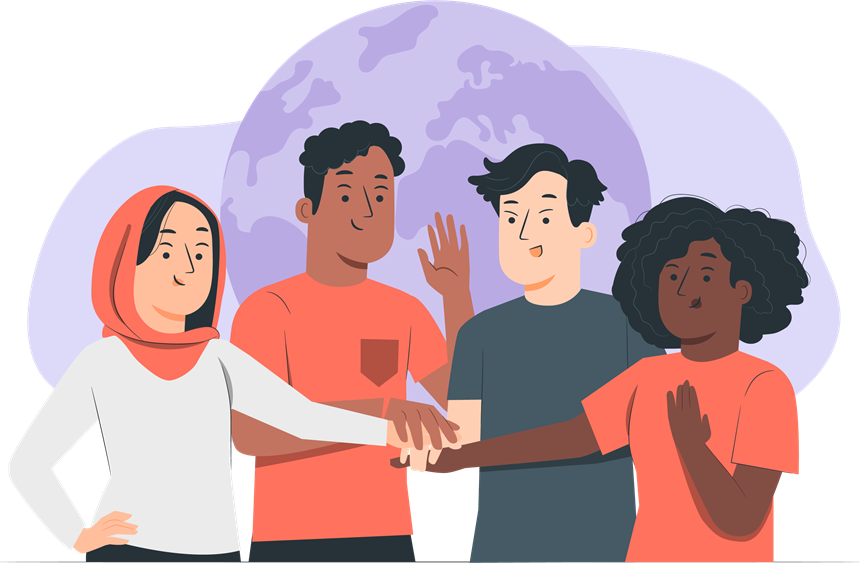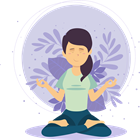Social Anxiety after COVID-19
by Nadia Negrete
At the beginning of the year 2020, the COVID-19 pandemic threatened the lives of people around the world, ending the lives of a large part of the world population. But it also came to affect society psychologically.
We know social anxiety as an emotional-type response, characterized by fear (constant and excessive worry, irritability, sweating, nerves, insomnia, etc.), which is caused by fearful situations to which you are the subject exposed before an audience. During the pandemic, we experienced several quarantines, these being very sudden and strong for a process of adaptation and changes, in such a way that people who already suffered from this psychological problem were affected because their symptoms increased due to the fear of contagion in the pandemic, people presented problems of insomnia, accelerated palpitations, constant anguish etc, and again when you can socialize with others, research shows that symptoms are activated and increase, because again there is a return to normality, these people tend to resume their activities that worked before COVID-19, some return to attend universities, colleges, workplaces.
How has COVID-19 increased Social Anxiety
It is important to note that those who most often suffer from social anxiety disorder today are young people, but it is common for it to also occur in children and adults. Now, post-COVID-19, social anxiety affects people even more because when they return to socialization with other people, it tends to increase the symptoms, because some come in psychological care processes with great progress in this disorder, but it stopped because of the pandemic, and now the difficulty in socializing is serious, the worries are more frequent and excessive, the anguish, and in the pandemic, adolescents are less afraid of socializing in class, but now when presenting or speaking in front of an audience it is stormy for them, for fear of ridicule, mistakes and other factors.
In the first year of COVID-19, the global prevalence of anxiety and depression increased by 25%, according to a scientific report published by the World Health Organization (WHO). The report also highlights who has been most affected and summarizes the effects of the pandemic on the availability of mental health services and how this has changed during the pandemic. (ops, 2022 March). Therefore, as stated in this article, there was a notable growth in anxiety during the start and first year of the pandemic, in which many people were psychologically affected.
Dr. Itai Danovitch, associate professor and chair of the Department of Psychiatry and Behavioral Neurosciences at Cedars-Sinai, says it’s normal to resist change, even when it’s positive. “For some people, these changes are exciting and for others, overwhelming,” says Danovitch. He reports that returning to the workplace or attending a family meal after so many months can leave people feeling worried, anxious or even panicked. “Fear or anxiety is normal.” “We feel things for a reason and anxiety is basically a response to a threat.” (Dr. Itai Danovitch, 2021). Based on what was stated by DR Itali Danovitch, this pandemic brought multiple changes in social anxiety, since, at the end of the restrictions, he felt fear and anxiety about going to social gatherings, going out to parties, or even going to plans. of meals, the fear increased and with it the various symptoms of social anxiety.
In Conclusion
To conclude, they have made a little more effort to carry out exercise activities, which gradually make it a little easier for the partial return of the new normality, to socialize with the rest of society, this with great efforts because it is evident that it continues to be the anxiety a psychological disorder that
affects their lives.
About Us
Mental Healthcare is our top priority. The pandemic has affected the mental health of a lot of us, and snealth aims to revive each of us with the help of its technologies. We are groups of helping individuals who want to get you to boost your mental health. We help you get comfortable with yourself, so that you can lead a content life.
Snealth provides you with care, helps you get to a state of mind where you can appreciate life and living. We aim at removing the stigma around mental health and make society more inclusive, accepting and judgement free.



